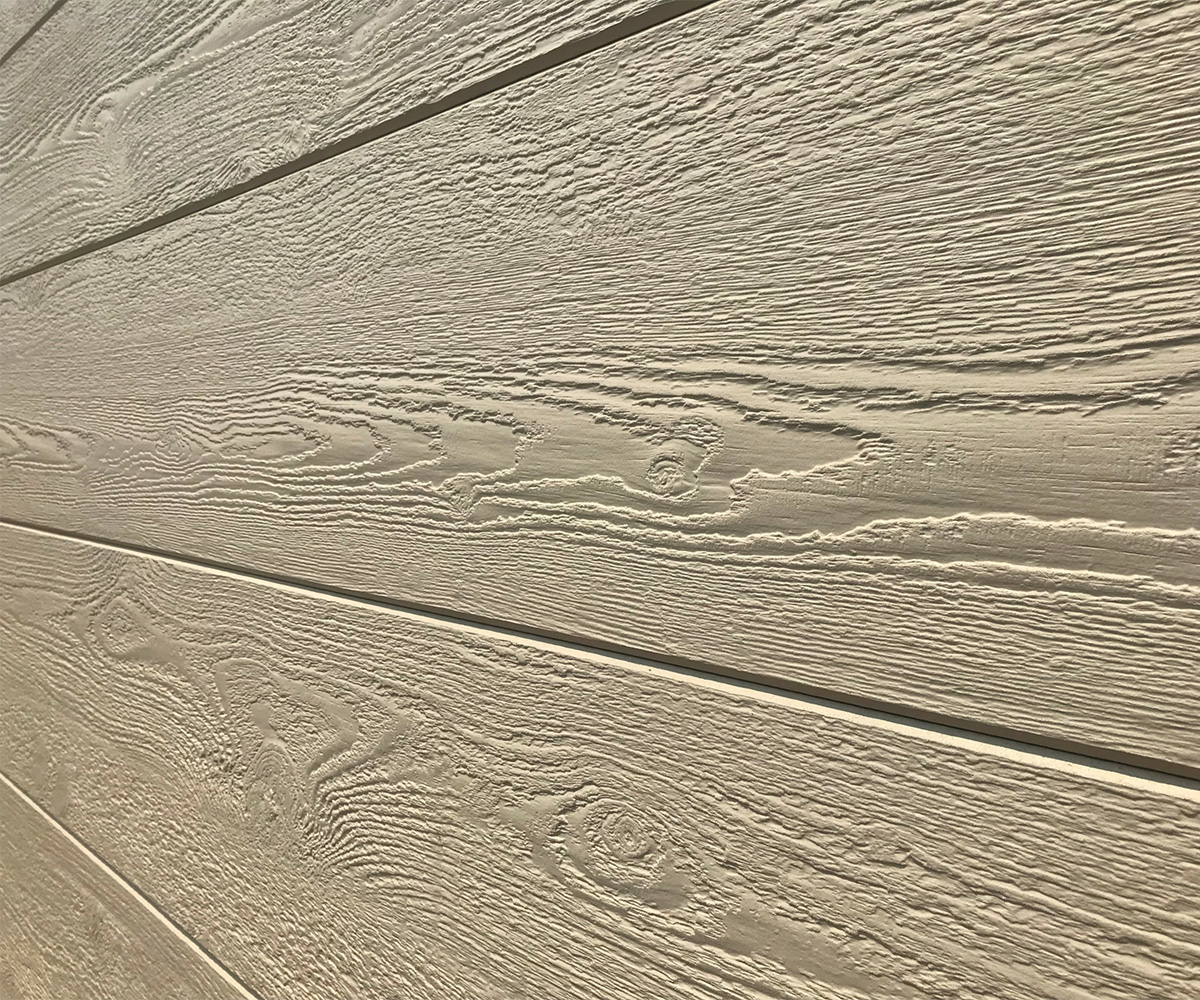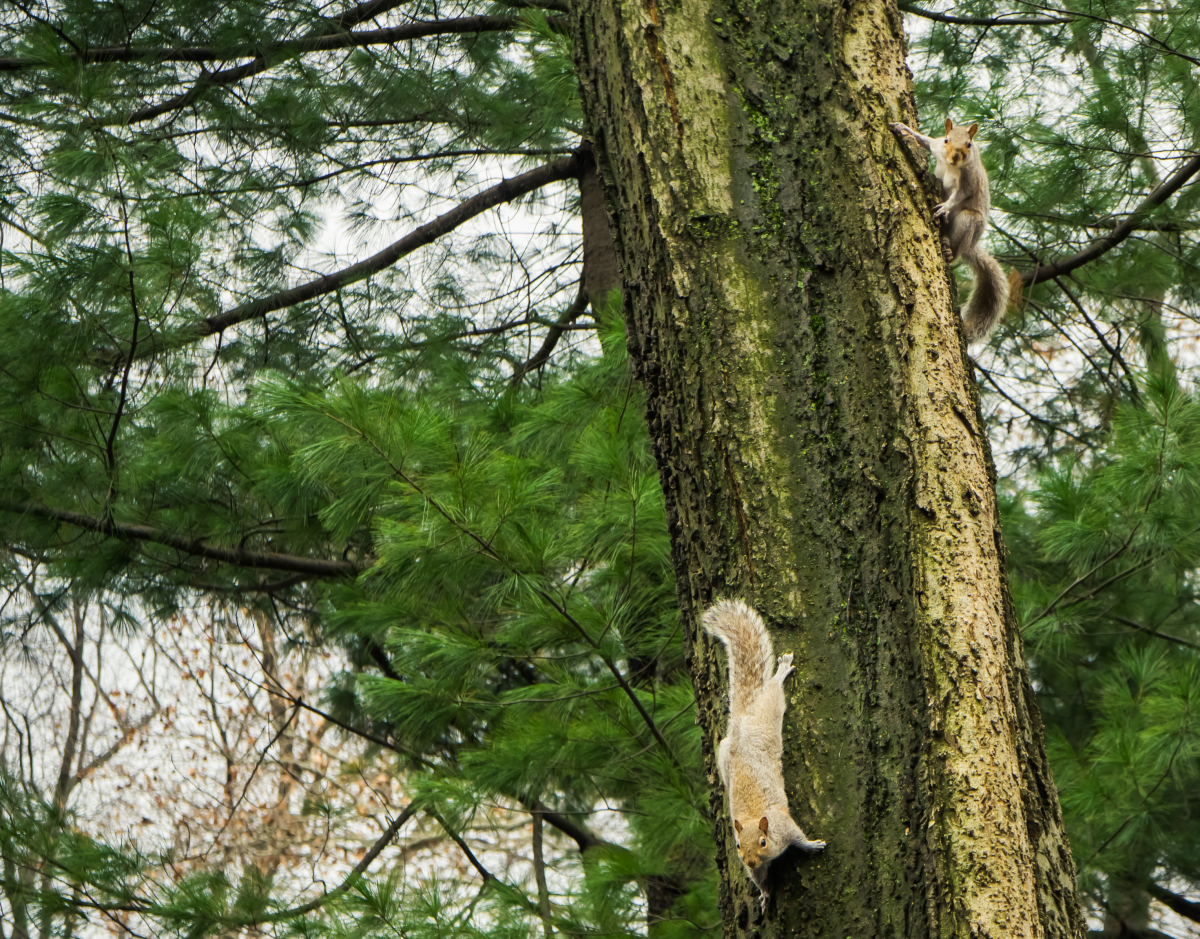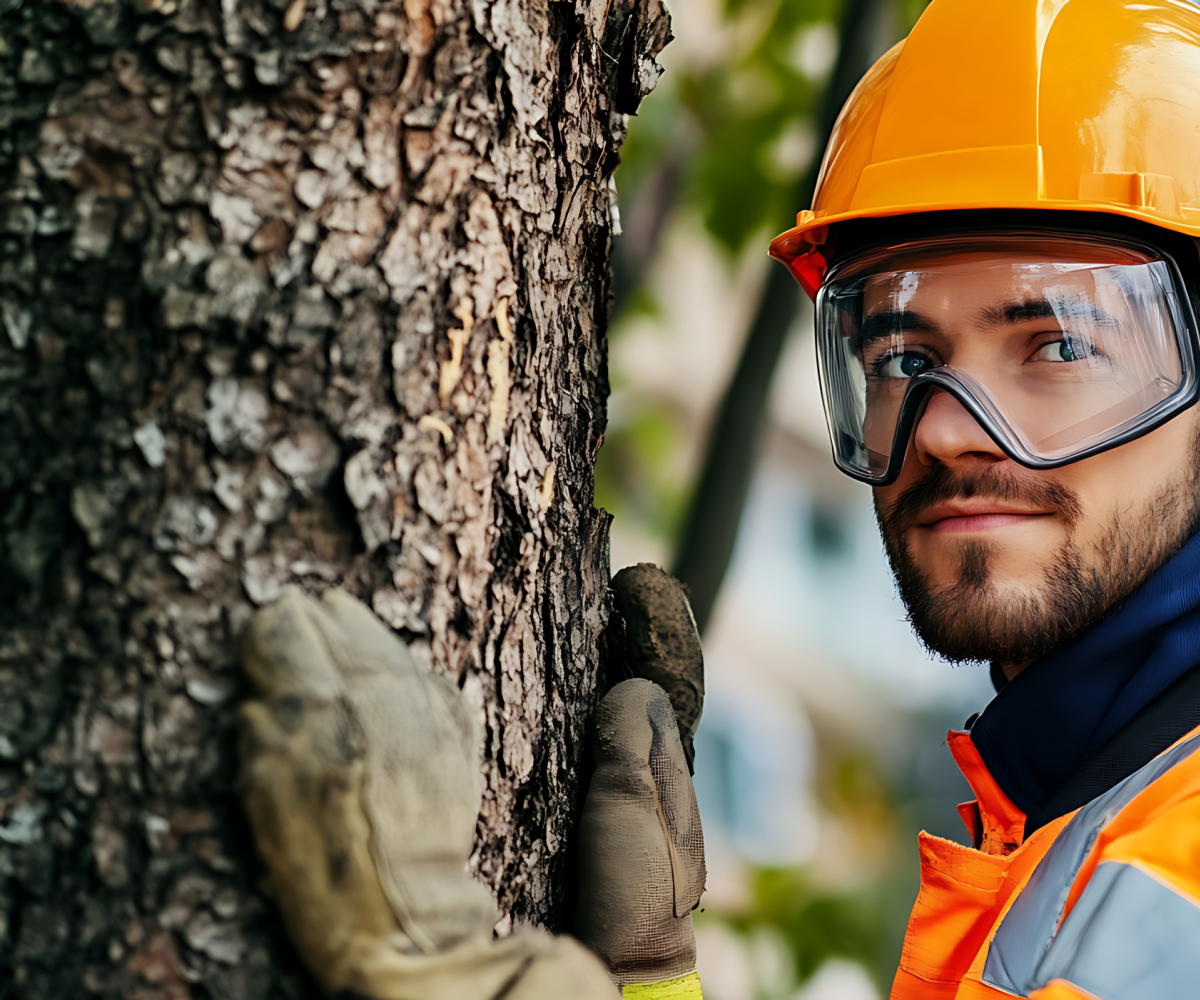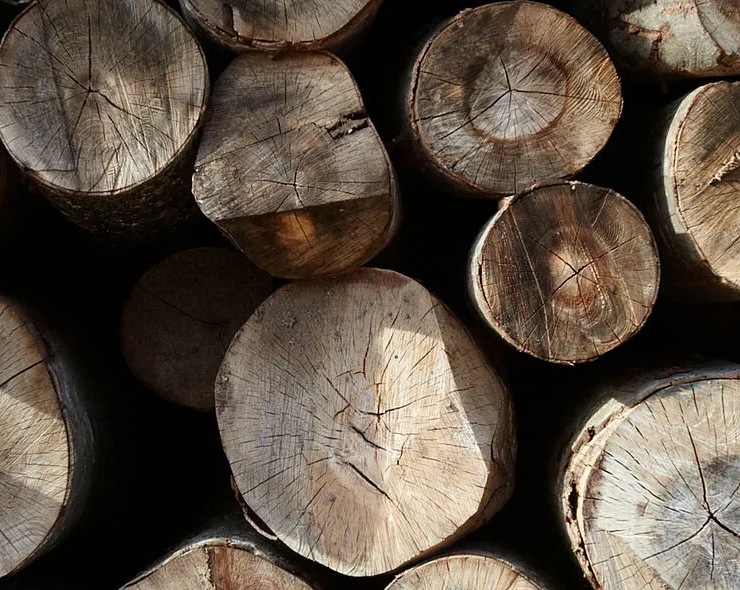
The TruWood® commitment to delivering sustainable products runs deep.
It’s in our roots.
TruWood® is manufactured by SWISS KRONO, a family-owned company long-guided by a Tru vision of sustainability.
This vision was first articulated in 1940 by Truman W. Collins, and TruWood® joins our parent company by continuing to build on that commitment today. We are proud our products are manufactured from residual wood fiber and we follow sustainable practices certified by the Forest Stewardship Council®.
Tru Promise
We are committed to manufacturing sustainable products.

Our wood fiber is derived by forestry practices that ensure the total forest ecosystem remains healthy, resilient, and diverse.

Our operations support forest treatments, and utilize timber and forest material on a sustained, renewable basis.

Our forest products store carbon, and contribute to the housing and living spaces necessary for a thriving society.
Building with Sustainable Materials
When you buy TruWood® Siding | Trim, you are actively supporting sustainable practices in the forest through your purchasing power. If our products are not produced from our own, they are from USFS treatment material, resulting from USFS forest management objectives, or other sources that meet the FSC® Controlled Wood standard.
Carbon Storage
Rising levels of carbon dioxide and other pollutants in the atmosphere have increased interest in how forests and wood products capture and store carbon. While there is ongoing discussion about which forest stages sequester the most carbon, there is broad agreement that healthy forests are the planet’s most effective natural carbon sinks.
We believe that active, sustainable forest management supports three key goals: reducing tree density to allow continuous CO2 absorption, limiting carbon release from tree mortality and wildfires, and storing carbon in long-lasting buildings and wood products. By choosing wood as a building material, you contribute to storing additional carbon in everyday structures and products.
ENVIRONMENTALLY FRIENDLY – BY TRADITION
The SWISS KRONO Group was founded in 1966 as a family-run business. Today, we employ around 5,000 people at ten production sites in eight countries around the world. This enables us to procure our resources regionally and minimize transport distances.
We are thoroughly committed to certified energy management processes, regenerative raw materials of sustainable origin and resource-saving manufacturing along the entire value chain. Up to 90% of the thermal energy we use is obtained from renewable sources, and we use recyclable raw materials wherever possible.
Cascading: Thinking and acting in cycles
The sustainable use of wood as a raw material and concerns for the environment shape all our decisions. With our certified environmental management system according to ISO 14001, we are continuously optimising our consumption of resources. We plan and act in cycles – from prudent product planning and raw material procurement, efficient, environmentally compatible production processes and logistics solutions through to the recycling of materials used. Our goal: to shape our ecological footprint optimally.
We use the raw material, wood, several times in a cascade and thus actively contribute to CO2 reduction. Thanks to the latest technologies, all raw materials are recycled as completely as possible and used optimally. In the last step, it is used as a source of energy for further production. Thanks to recovery, we use the energy flows several times. SWISS KRONO Switzerland recycles everything that cannot be used directly in the product and thus optimally shapes the wood cycle.
Start your next order with our sales team.
Contact a TruWood® sales rep and find your Tru fit!




